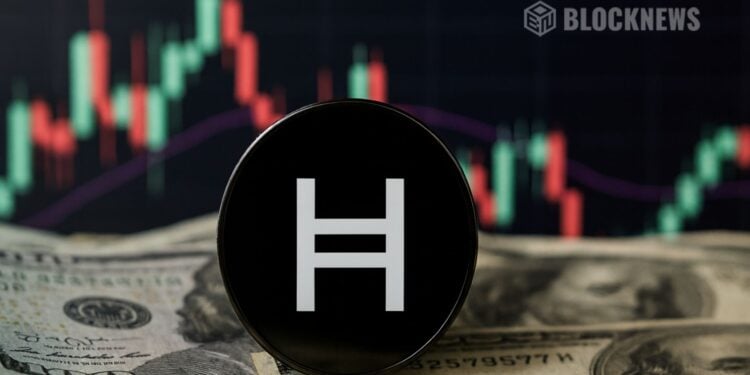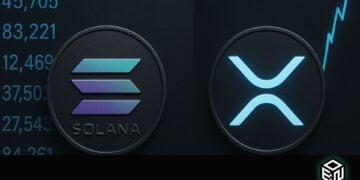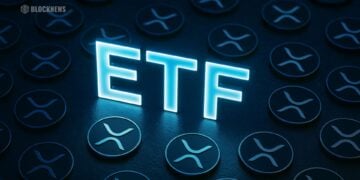- Hedera runs on Hashgraph, offering speed, scalability, and low fees with backing from giants like Google and IBM.
- Price projections for 2026 range from $0.10 ($637 value) to $10 ($63,750 value) for 6,375 HBAR.
- Risks include centralization concerns and strong competition, but adoption in supply chains and sustainability could fuel growth.
If you’re sitting on 6,375 HBAR right now, you’ve probably caught yourself wondering—what could that bag be worth in a few years? Hedera has always been one of the more unique plays in crypto. It doesn’t run on a traditional blockchain at all but on something called Hashgraph—a system built for speed, scalability, and low-cost transactions. With serious enterprise partners backing it, some believe Hedera could become a big piece of the digital asset puzzle. But let’s be real, how realistic is that?
What Makes Hedera Different From Other Projects
Unlike a lot of crypto projects that are run by small dev teams or anonymous founders, Hedera is governed by a council of global corporations—Google, IBM, Boeing, LG, Standard Bank, to name a few. That kind of support gives Hedera a level of credibility that most altcoins can’t touch.
The tech is different too. Hashgraph uses a “gossip protocol,” where nodes quickly share data, rather than linking blocks together. The result? Thousands of transactions per second, 3–5 second finality, and tiny, predictable fees. For big corporations or even governments, that’s exactly the kind of infrastructure they’re looking for.
And adoption isn’t just theoretical. Avery Dennison uses Hedera to track billions of products in its supply chain platform, ATMA.io. Banks like Standard Bank are experimenting with tokenization on Hedera. Even sustainability projects are jumping in—Dovu, for example, is building carbon credit marketplaces to help governments and enterprises manage ESG commitments. Hedera isn’t chasing hype—it’s quietly solving real-world problems.
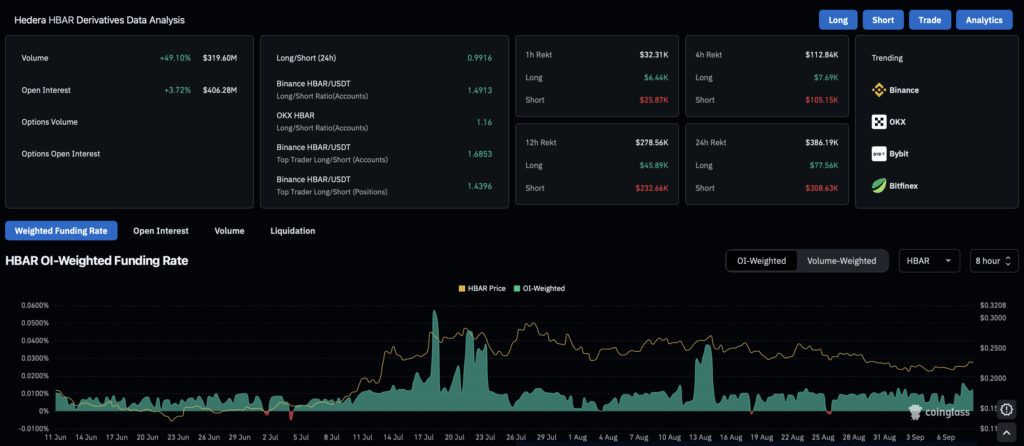
HBAR Price Scenarios for 2026
So, what does that mean for your stack of 6,375 HBAR? Right now, HBAR trades around $0.24 with a market cap of about $10 billion. Here’s what different price points could look like by 2026:
- At $0.50 → your HBAR would be worth about $3,187.
- At $1.00 → that jumps to $6,375.
- At $3.00 → you’re looking at $19,125.
- At $5.00 → around $31,875.
- And in a super bullish case of $10 → nearly $63,750.
- Even in a bearish scenario at $0.10 → your stack is still worth $637.
The range is wide, but that’s crypto—massive upside with risk baked in.
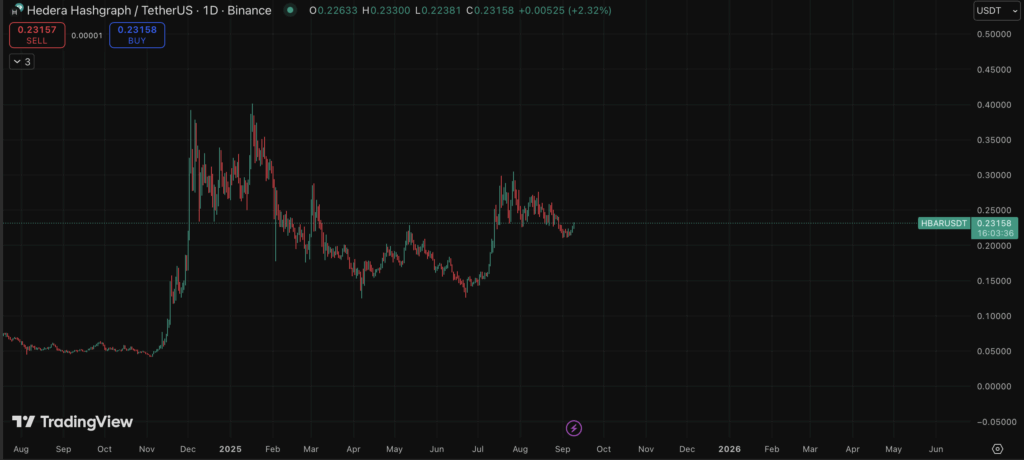
Challenges Hedera Still Faces
Of course, Hedera isn’t bulletproof. Some investors argue its governance structure leans too centralized since big corporations call the shots. Competition is heating up too, with enterprise-facing rivals like Algorand, VeChain, and even Cardano moving in similar lanes.
Retail adoption has been slower as well. Projects built around DeFi and NFTs tend to attract users faster, while Hedera’s enterprise-first focus can feel distant to everyday traders. That said, Hedera is building out developer tools like the Hedera Token Service (HTS) and Hedera Consensus Service (HCS), which could open the door for more retail-friendly apps over time.
Final Thoughts: Is HBAR Worth Holding Until 2026?
Hedera has strong corporate support, solid governance, unique tech, and practical use cases. The real question is how big it can get over the next couple of years. If enterprises and governments keep adopting it for supply chains, tokenization, and sustainability projects, holding 6,375 HBAR could turn out to be a solid long-term bet.
For holders who can wait, HBAR isn’t just another altcoin—it’s a play on the future of enterprise-grade blockchain. And if that bet pays off, your stack might be worth a lot more than it looks like today.


